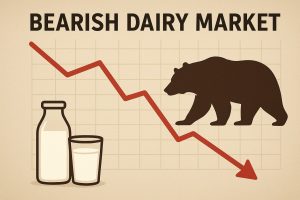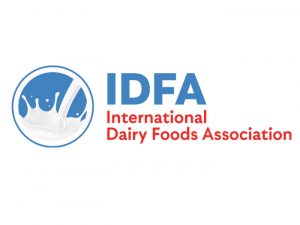
The Vermont Legislature approved $2,600,000 to reimburse Vermont dairy farmers enrolled in the DMC for 2022 and 2023. The reimbursement program is currently underway and estimates DMC reimbursement allocated to-date for 2022 at $1,500,000. It is estimated that there will be $1,100,000 remaining to provide reimbursement for the Tier I premiums in calendar year 2023.
USDA has announced the sign up for the 2023 Dairy Margin Coverage Program with a deadline for enrollment as December 9th, 2022. All interested dairy farmers should contact their county USDA Farm Service Agency (FSA) Office as soon as possible. Use the following link to find your county FSA office: USDA Service Center Locator(link is external)
The USDA Dairy Margin Coverage(link is external) web site Decision Tool(link is external) has been updated with 2023 forecasting; accordingly, DMC Program payments are forecast for 2023.
“The Dairy Margin Coverage Program is an important tool for all Vermont Dairy Farmers to manage risk,” stated Vermont Secretary of Agriculture, Anson Tebbetts. “The reimbursement program from the State of Vermont makes the DMC even more attractive.”
State Executive Director of USDA Farm Services Agency, John Roberts stated, “Dairy Margin Coverage Program can help all dairy farmers manage milk price and feed cost risks.”
The sign-up period is open until December 9, 2022, and all farmers should contact their USDA Farm Services Agency Office for more information.
Here are further specifics of the state reimbursement program:
• The milk producer is in good standing with the Agency of Agriculture, Food and Markets and the Agency of Natural Resources; and
• The milk producer provides proof of payment of an annual (2023) premium payment for participation in Tier 1 of DMC.
• A milk producer shall apply to the Secretary of the Agency of Agriculture, Food and Markets on or before July 1, 2023, to participate.
• The Secretary shall reimburse eligible applicants in the order in which the Secretary receives administratively complete applications. The Secretary shall have the discretion to determine when an application is administratively complete.
• After funds are exhausted, applicants shall no longer be eligible for reimbursement from the Secretary unless or until additional funds are appropriated to the Assistance Program.
Notice is being provided to encourage all interested farmers to explore the Dairy Margin Coverage Program and determine if the program is right for their farm.
Reimbursement for the Tier 1 premium will occur after payment in full has been made to USDA. The Agency of Agriculture, Food and Markets shall reimburse eligible applicants in the order in which the Agency receives administratively complete applications after the payment in full to USDA. After funds are exhausted, applicants shall no longer be eligible for reimbursement from the Agency of Agriculture, Food and Markets unless or until additional funds are appropriated to the Assistance Program by the Vermont Legislature.
The Vermont Agency of Agriculture, Food and Markets is working closely with USDA Farm Services Agency on this reimbursement program. For the 2022 program each dairy farmer had to sign a waiver for USDA Farm Services Agency to share information with VAAFM. These waivers will cover data sharing in 2023.
The 2018 Farm Bill authorized the Dairy Margin Coverage (DMC) program, which replaced the Margin Protection Program for Dairy (MPP-Dairy). The DMC program is a voluntary program that provides dairy operations with risk management coverage that pays producers when the difference (the margin) between the national price of milk and the average cost of feed falls below a certain level selected by the program participants.






















